 Lee Newton Lynching Article
Lee Newton Lynching Article
Entry Category: Race
 Lee Newton Lynching Article
Lee Newton Lynching Article
Night Riders
aka: Nightriders
aka: Whitecappers
aka: White Cappers
Norman, Will (Lynching of)
 Norman Lynching Article
Norman Lynching Article
North Little Rock Six
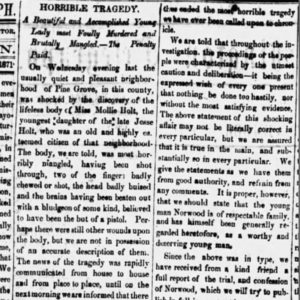 Robert Norwood Lynching Article
Robert Norwood Lynching Article
 Robert Norwood Lynching Article
Robert Norwood Lynching Article
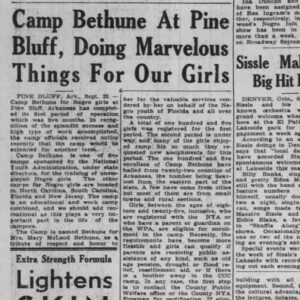 NYA Camp Bethune Show Article
NYA Camp Bethune Show Article
NYA Camp Bethune
aka: Camp Bethune
 John F. O'Donnell
John F. O'Donnell
 John F. O'Donnell
John F. O'Donnell
O’Donnell, John F.
Oats, Presley (Lynching of)
Office of Removal and Subsistence
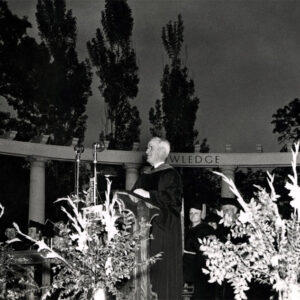 Dunbar H. Ogden
Dunbar H. Ogden
Ogden, Dunbar H., Jr.
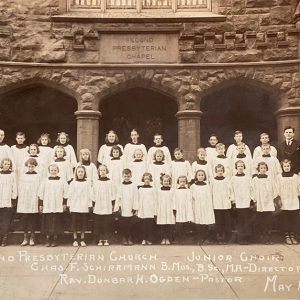 Rev. Ogden and Choir
Rev. Ogden and Choir
Oliver, Dan (Lynching of)
One-Drop Rule
aka: Act 320 of 1911
aka: House Bill 79 of 1911
Original Tuskegee Airmen
aka: Tuskegee Airmen, Original
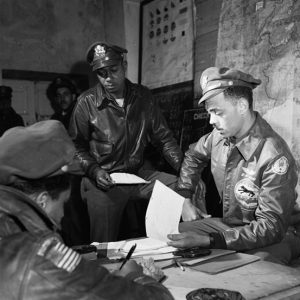 Original Tuskegee Airmen
Original Tuskegee Airmen
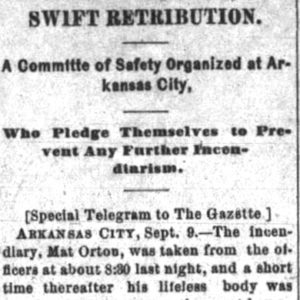 Mat Orton Lynching Article
Mat Orton Lynching Article
Owen, Hurley (Lynching of)
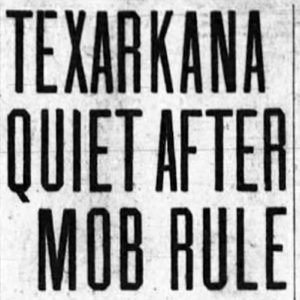 Owen Lynching Article
Owen Lynching Article
 Owen Lynching Article
Owen Lynching Article
Ozark Schools, Desegregation of
Paragould Race Riots
Parker, Tom (Reported Lynching of)
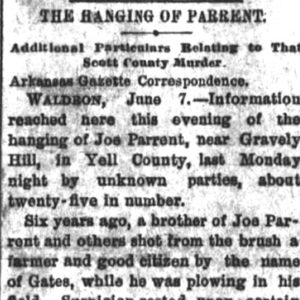 Joe Parrent Lynching Article
Joe Parrent Lynching Article
 Patillo Marker
Patillo Marker
Patrick, William (Lynching of)
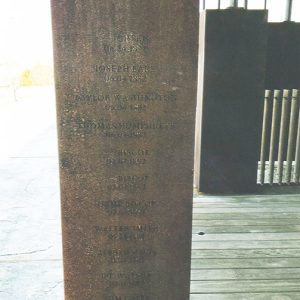 Peace Memorial
Peace Memorial
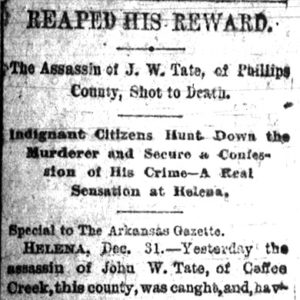 Phillips County Lynching Article
Phillips County Lynching Article
 Phillips County Lynching Article
Phillips County Lynching Article
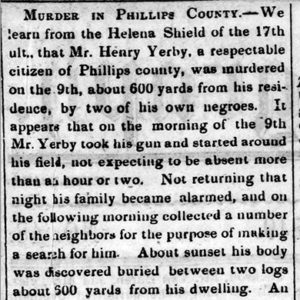 Phillips County Lynching Article
Phillips County Lynching Article
Phillips County Lynching of 1849
Phillips County Lynching of 1859
Phillips County Lynching of 1889–1890
Phillips, Henry (Lynching of)
Pickens, William
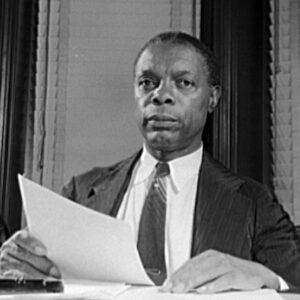 William Pickens
William Pickens
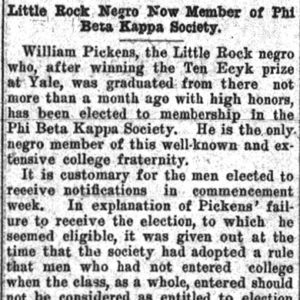 William Pickens Article
William Pickens Article
Pike, Annie Zachary
Pine Bluff Lynching of 1866
Pine Bluff Lynchings of 1892
Poe, Harry (Trial and Execution of)
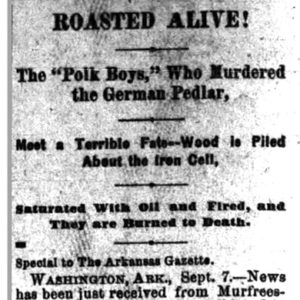 Polk Brothers Lynching Article
Polk Brothers Lynching Article
Polk County Race War of 1896
Poll Tax
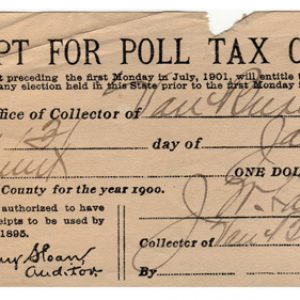 Poll Tax Receipt
Poll Tax Receipt




